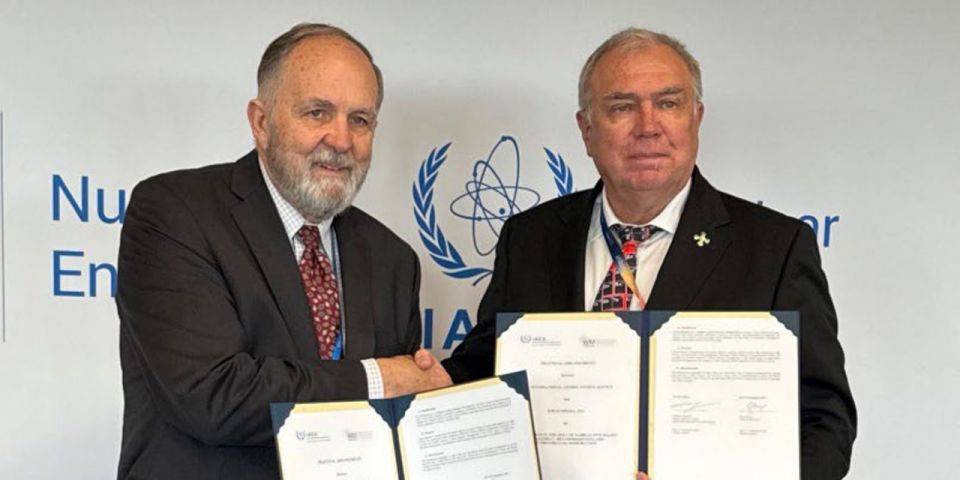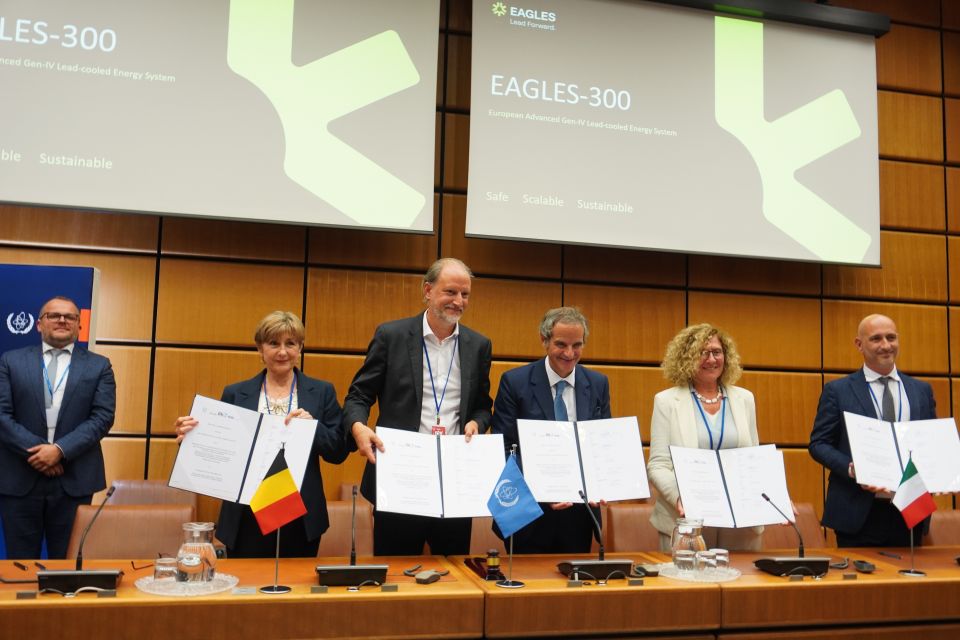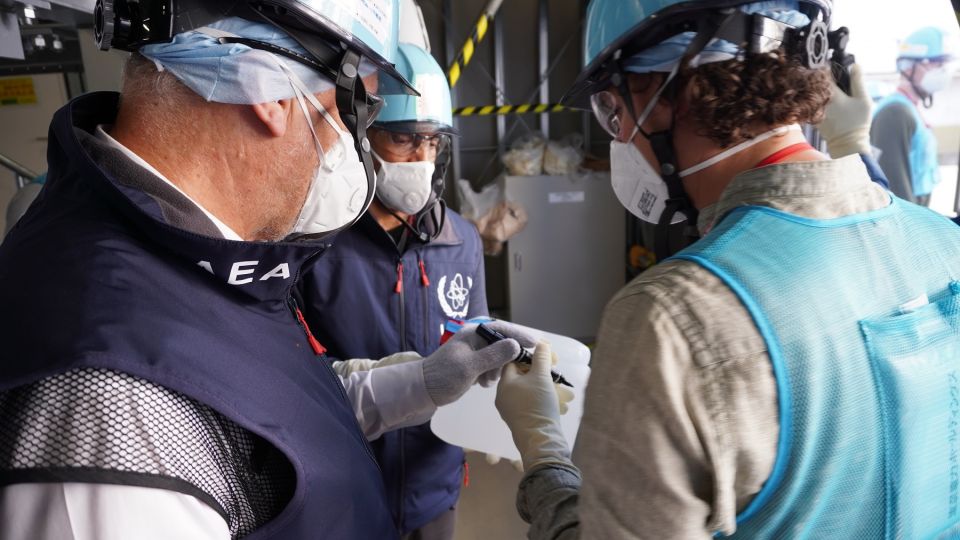Spain continues improvements in nuclear and radiation safety
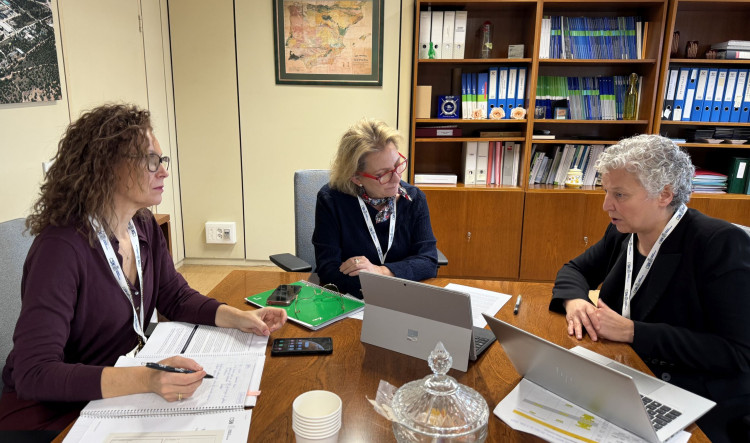
An International Atomic Energy Agency team has concluded that Spain has shown a strong commitment to nuclear and radiation safety, confirming that the country has successfully enhanced its regulatory framework, fully implementing IAEA recommendations made in 2018.
The IAEA Integrated Regulatory Review Service (IRRS) follow-up visit, which took place January 27–February 3 at the request of the Spanish government, was hosted by the country’s Nuclear Safety Council (CSN), the Ministry for Ecological Transition and Demographic Challenge (MITECO), the Ministry of Health (MOH), and the Ministry of Interior (MOI). The purpose of the visit was to review progress on the recommendations and suggestions identified in the initial IRRS mission in 2018, except for those covering the management of radioactive waste, spent fuel, and decommissioning. These will be covered by an upcoming IRRS for Radioactive Waste and Spent Fuel Management, Decommissioning and Remediation (ARTEMIS) follow-up visit, which is expected to take place later in 2025.
The purpose: IRRS missions are designed to strengthen the effectiveness of the national nuclear and radiation safety regulatory infrastructure, based on IAEA safety standards and international good practices, while recognizing the responsibility of each country to ensure nuclear and radiation safety.
The hosting nation: Spain uses nuclear and radiation technologies for energy production, medical applications, industry, and research. The country has seven operating nuclear power reactors, producing about 20 percent of its electricity.
Three nuclear power plants are in permanent shutdown, which are in different stages of decommissioning and closure. Most of the reactor sites have interim spent fuel storage facilities, and Spain has one disposal facility for very low-, low-, and intermediate-level radioactive wastes.
The review team: As part of its review, the IRRS team—composed of four regulatory experts from France, Germany, Switzerland, and the United States as well as four IAEA staff members—conducted interviews and discussions with CSN and MITECO staff and representatives from the MOH and MOI.
The team reviewed the actions taken by Spain to address the recommendations and suggestions made in 2018 and found that 12 recommendations and 20 suggestions have been adequately addressed. As a result, the team deemed the actions fully closed or closed on the basis of progress made and confidence in effective completion in due time.
“The IRRS team was very impressed with the high degree of commitment and professionalism demonstrated by our Spanish counterparts,” said Scott Morris, regional administrator for the U.S. Nuclear Regulatory Commission and team leader for the IAEA’s Spain mission. “Their focus on continuous improvement of the legal and regulatory framework for nuclear and radiological safety in Spain is commendable.”
Milestones: The mission team identified notable achievements by the CSN in the following areas:
- Developing a human resources plan, including a systematic training approach for all staff.
- Strengthening the safety culture of the CSN.
- Establishment of a national radon action plan.
- Ensuring the CSN’s effective collaboration with the Autonomous Communities of Spain.
Two good practices were also highlighted:
- The Digital Radiation Passbook, a digital platform created by the CSN that provides users with real time dose data, reduces the need for manual data input, and enables the regulator to conduct real-time statistical analyses.
- A centralized digital dosimetry system, provided by the CSN, to be used during emergencies for real-time radiation dose monitoring of emergency workers of all off-site response organizations.
Looking forward: The IRRS team suggested that Spain establish guidance documents related to possible radiation risks delivered to the public by authorized parties as required by legal provisions, in accordance with a graded approach.
CSN president Juan Carlos Lentijo said, “The IRRS follow-up mission reinforces Spain's commitment to nuclear safety and radiation protection. This process is a valuable tool to work on robust and future-proof safety systems, where excellence continues to be the highest priority.”
The final mission report will be provided to the Spanish government in about three months.
IAEA Safety Standards: According to the IAEA, its safety standards provide a framework of fundamental principles, requirements, and guidance to ensure safety. They reflect an international consensus and serve as a global reference for protecting people and the environment from the harmful effects of ionizing radiation.



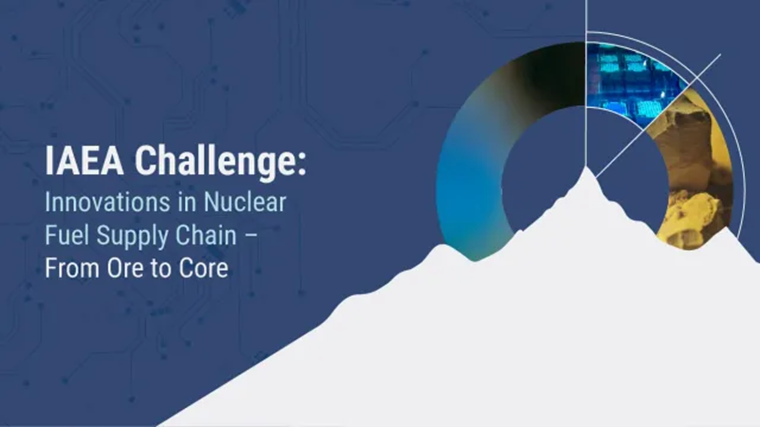
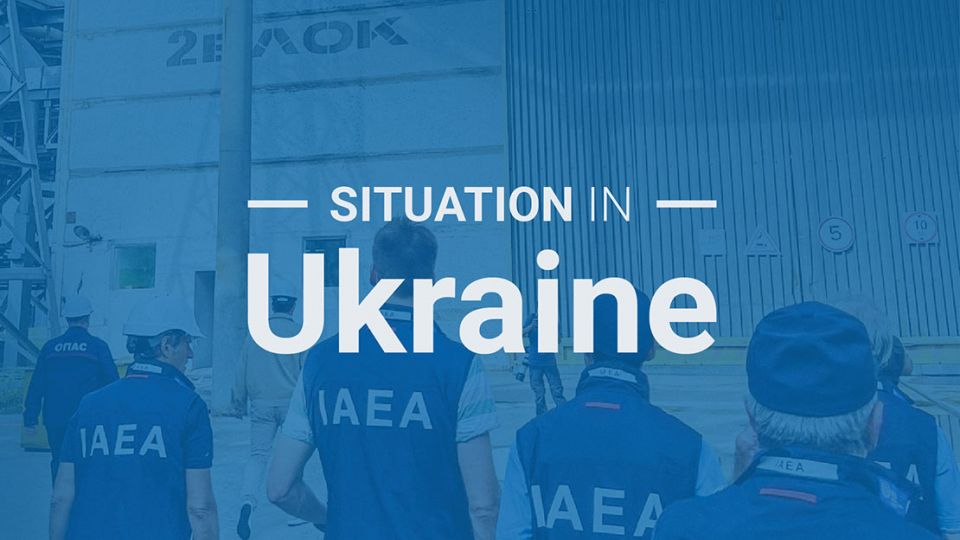
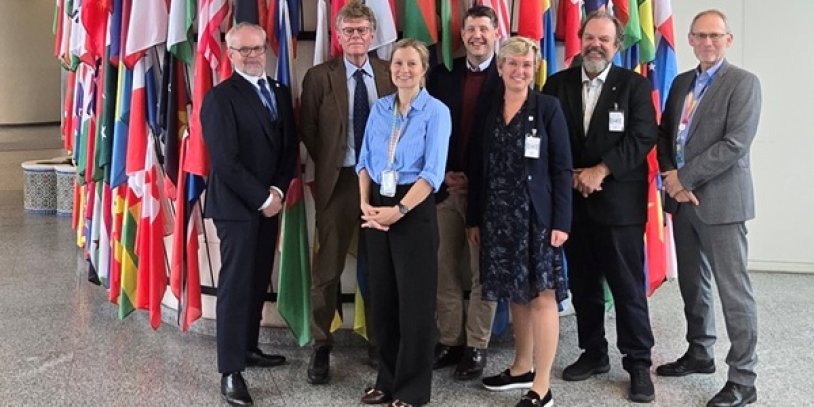
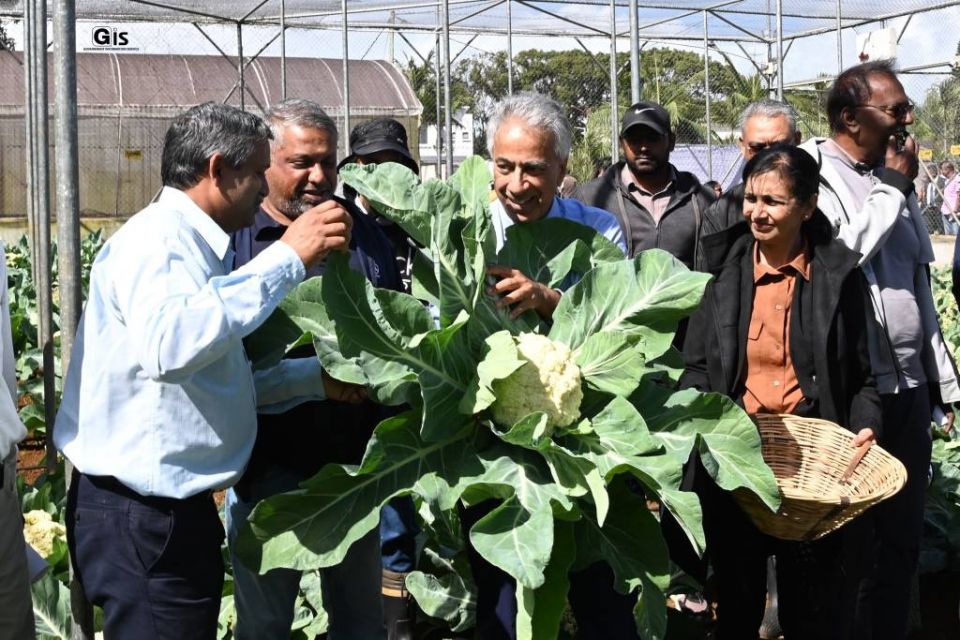.jpg)
